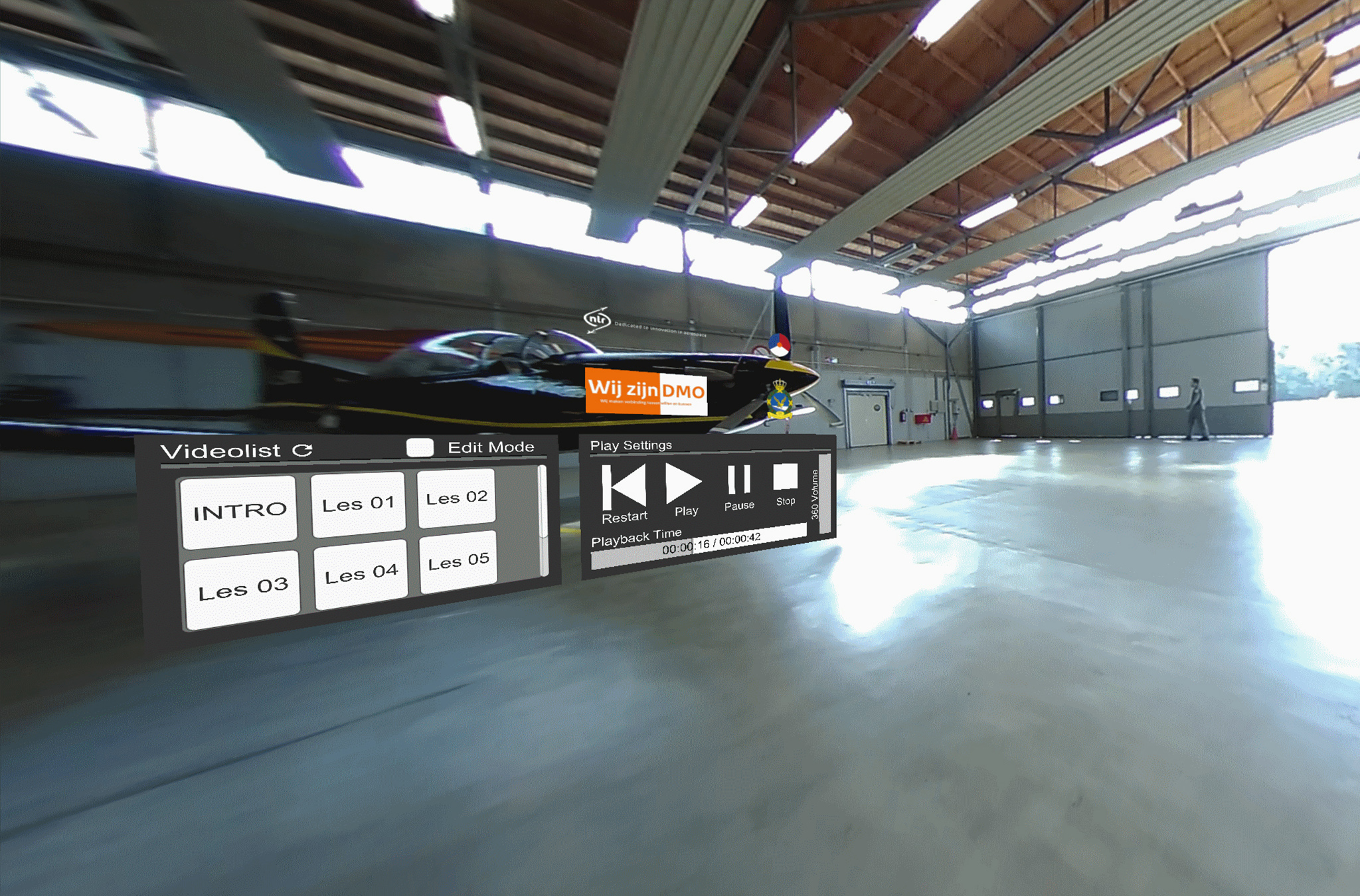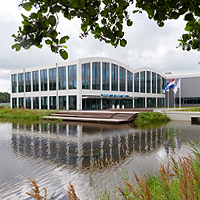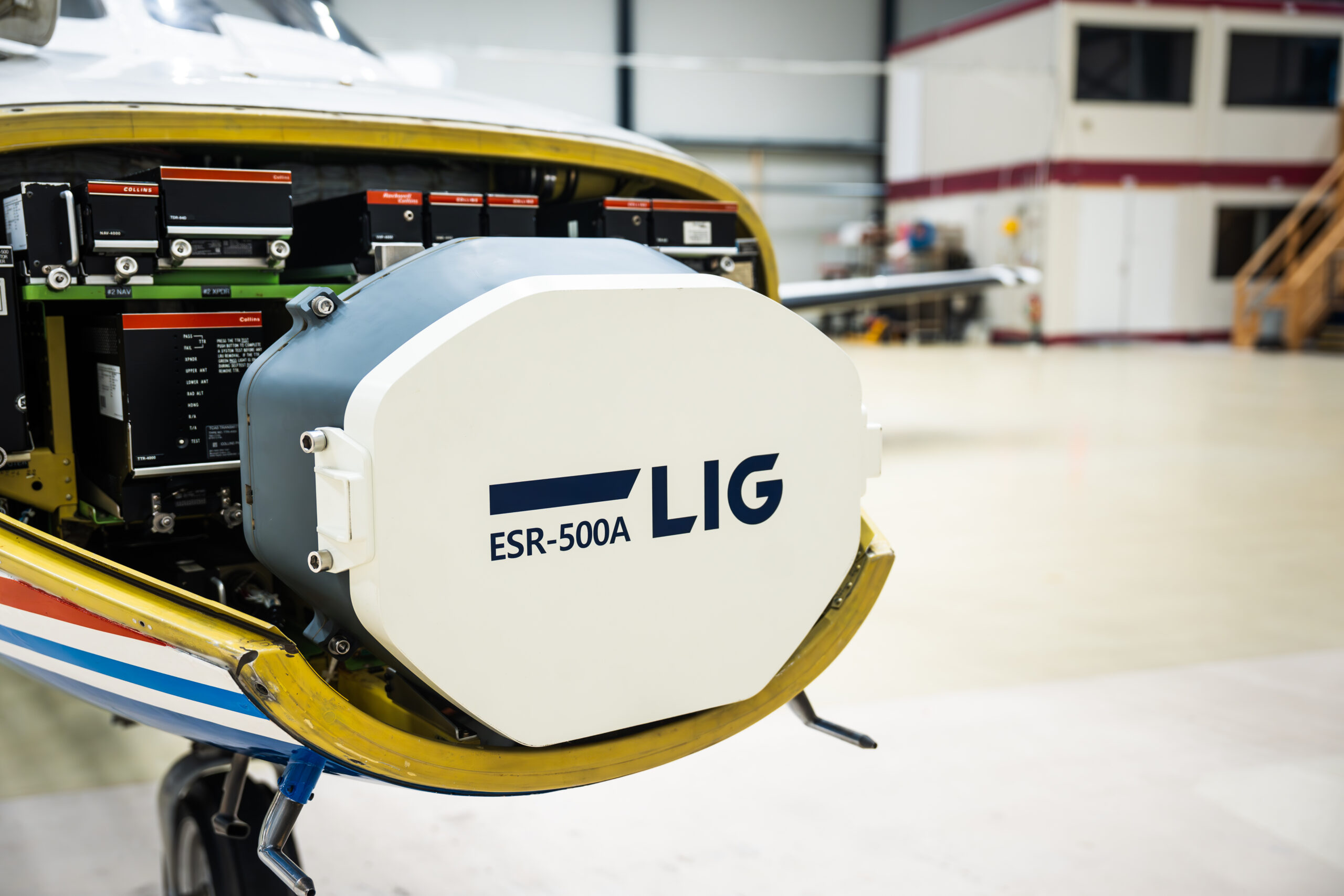Virtual Reality training made easy for both trainee and instructor
The challenge
Shooting 360° videos is easy and is being used more and more to familiarise and even train people in various situations by immersing them using virtual reality goggles. Supporting flight training using these 360° videos in combination with VR goggles, however, is more difficult.
The resolution of video capturing and VR hardware is typically too low to allow displays to be read, and that is particularly important in flight training. Although high-end equipment may offer some relief, it still does not solve the problem completely and lowers the accessibility, ease of use and affordability of the setup.
The solution
NLR has developed a VR application that makes it easy for both flight instructors and trainees to use VR as training support. Trainees can easily re-experience a flight, including readable instruments, whenever and wherever they want. Instructors can easily add and configure new training content. Combining 360-degree video with high-resolution insets ensures readable imagery and smart editing options to counter the resolution limitations of current VR devices.
What did we do?
NLR and NL MOD joined forces to incorporate VR into the initial flight training curriculum of military pilots. Using an agile design and development approach let us co-create an application that allows the benefits of VR training to
be reincorporated to re-experience earlier training flights and get the most out of the actual flight time with instructors.
Project partners:
Industry (NL): NL MOD
Research organisation: Royal NLR
Start: February 2018
Duration: 3 months




